Dividends paid by foreign companies may cause a lot of work for shareholders. The company’s country of residence and Finland usually have a tax treaty that in principle defines how much tax is withheld at source. However, in practice, the company does not often know the tax residence of a shareholder and withholds too much tax. The shareholder can request a refund of the excess tax paid from the tax administration of the source country. The process is slow and expensive.
The European Commission has learned that the refund procedures are administratively cumbersome, prone to abuse and do not encourage the free movement of capital. In June 2023, the commission proposed a FASTER directive that would make the financial intermediaries responsible for identifying the applicable tax treaty. The shareholder’s role is to request an electronic tax residence certificate (eTRC) from its country of residence and deliver it to its bank or stockbroker.
Experiment on MiniSuomi
The FASTER directive defines two formats for an eTRC that the tax administration issues to the shareholder (a natural person or a company). The tax administration must be able to issue the eTRC as a human and machine readable electronically sealed pdf document. The tax administration may also issue an eTRC as an electronic attestation of attributes in the shareholder’s digital wallet.
In the Real-Time Economy project, the latter was chosen for an experiment in the Mini-Suomi test environment. In the experiment, a test company receives from the tax administration an eTRC as an electronic attestation of attributes in its digital wallet and then relays the eTRC to an online bank. The experiment was done using eIDAS compatible OpenID for Verifiable Credentials technology. In the experiment, the shareholder was a company with a server based eIDAS wallet. Natural persons could receive an eTRC in their mobile wallet, respectively.
The screencast video above shows the flow of the experiment and has the following phases:
- Lea Varovaistes has logged in to a tax administration service as a representative of Hosharaff Testifirma Oy. She enters Hosharaff’s wallet’s address and the tax administration sends an eTRC to it.
- Lea has logged in to Hosharaff’s wallet’s admin user interface and browses the attestations issued in the wallet. She finds a new eTRC in the wallet.
- Lea has logged in to an online bank and enters Hosharaff’s wallet’s address that the bank uses for fetching Hosharaff’s eTRC.
The screencast video simplifies some steps. Lea’s authentication and verification of the rights to represent Hosharaff is not shown. Hosharaff’s wallet also omits asking Lea’s consent for retrieval of the eTRC from the tax administration and the presentation of the eTRC to the bank. In reality, Lea needed to do these steps in the wallet’s admin user interface.
From process driver to process observer?
In the experiment the customer started the process by logging in to the tax administration’s online service as an individual or as a company’s representative. Based on the experiment one can ask if digitalization enables also redefining the process itself and transforming the customer from a process driver to a process observer.
Potential alternative models could be:
- Could the company wallet be configured to request and receive a new eTRC automatically when the old one expires? The customer wouldn’t need to retrieve a new eTRC every year but the wallet would do it for them.
- Could issuing a new eTRC be triggered by the tax administration automatically when the old one expires or is revoked? The wallet holder would only need to accept the new eTRC or configure the wallet to do it automatically for certain attestations.
These principles could be applied to all attestations issued by public authorities, whether given to companies or natural persons.
